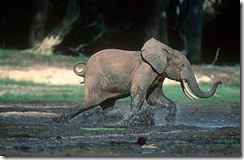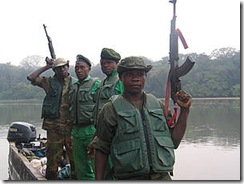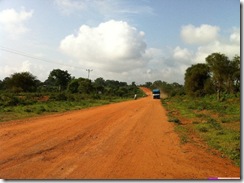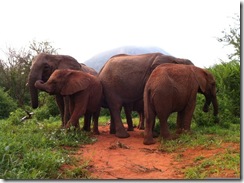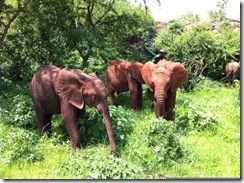NAIROBI, Kenya, Dec 9- The United States Government is worried about the increasing trade relations between Kenya and China, a US Cable released by Wikileaks revealed on Thursday.
The cable signed by American Ambassador to Kenya Michael Ranneberger noted that exports between China and Kenya increased by more than 25 percent between 2004 and 2008 while those between his mother country and Kenya remained relatively flat.
Through the cable dated February 17 2010, Mr Ranneberger went on to explain that in 2008, China exported goods worth Sh73 billion in comparison to the US which exported goods worth Sh35 billion to Kenya.
“China’s exports in 2008 grew by 39 percent over 2007 capping the fourth straight year of at least 25 percent export growth, including a 54 percent increase in 2007 and a 79 percent increase in 2005,“ he said.
The American diplomat, who also observed that China exported more than 30 times its imports to Kenya, claimed that China was now the third largest exporter to Kenya after the United Arab Emirates and India.
He further expressed concern over the Economic and Technical Cooperation Agreement that Kenya signed with China providing new development grants.
“The agreement provides a Sh588 million grant from China to Kenya. Of the grant, Sh12 million will finance a computer program for the Ministry of Finance while the remaining funds can be used by Kenya to fund development projects of their choice,“ said the cable in part.
Mr Ranneberger further informed his government to approach its collaboration with China in relation to Kenya cautiously “as there appears to be little dovetailing of our (US) interests to date’.
“We expect China’s engagement in Kenya to continue growing given Kenya’s strategic location. If oil or gas is found in Kenya, this engagement will likely grow even faster. Kenya’s leadership may be tempted to move closer to China in an effort to shield itself from Western, and principally U.S., pressure to reform.“
“Given the possibility of a backlash by the Kenyan people against China, perhaps over the issue of imported Chinese labor or mishandling of natural resources, there may be benefits to keeping our distance, at least publicly, from China,“ he proposed.
Mr Ranneberger further accused the Chinese of flooding the Kenyan market with counterfeit goods saying they directly damaged the US market share in the country. He further accused China of turning a blind eye to Kenya’s reform agenda arguing that it was the reason why the two countries were warming up to each other.
“China has been silent on the implementation of the reform agenda, which we consider essential to Kenya’s future stability and prosperity…and it has not demonstrated any commitment to curb ivory poaching,“ he alleged.
Other issues of concern that were raised by the American diplomat include: China’s commitment to funding portions of the Northern Corridor road project, which links Mombasa and Nairobi to Ethiopia and Southern Sudan, as well as parts of the new Mombasa-Kampala standard gauge railway, the Thika Road project, the refurbishing of the Moi International Sports Complex at Kasarani, construction of a 100 bed hospital in Nairobi, oil drilling in Isiolo and the development of the Lamu port.
The American Ambassador also took issue with China for giving Kenya interest free loans.
“In 2008, Kenya received approximately Sh30 billion in interest-free and preferential loans, with Sh11 billion intended for the planned ring roads aimed at decongesting Nairobi. Since 2008, Kenya has implemented campaigns to attract investment from the Sh80.6 billion China-Africa Development Fund,“ said Mr Ranneberger.
While making reference to the Kenya Wildlife Service (KWS), he also accused the Chinese of being behind the increasing incidences of poaching in Kenya.
“The KWS noticed a marked increase in poaching wherever Chinese labor camps were located and in fact set up specific interdiction efforts aimed to reduce poaching. KWS also reports that 90 percent of the ivory smugglers detained at JKIA are Chinese nationals,“ he alleged.
BY SARAH WAMBUI
Source: www.capitalfm.co.ke/business/Kenyabusiness/US-worried-by-China-exports-to-Kenya-5178.html
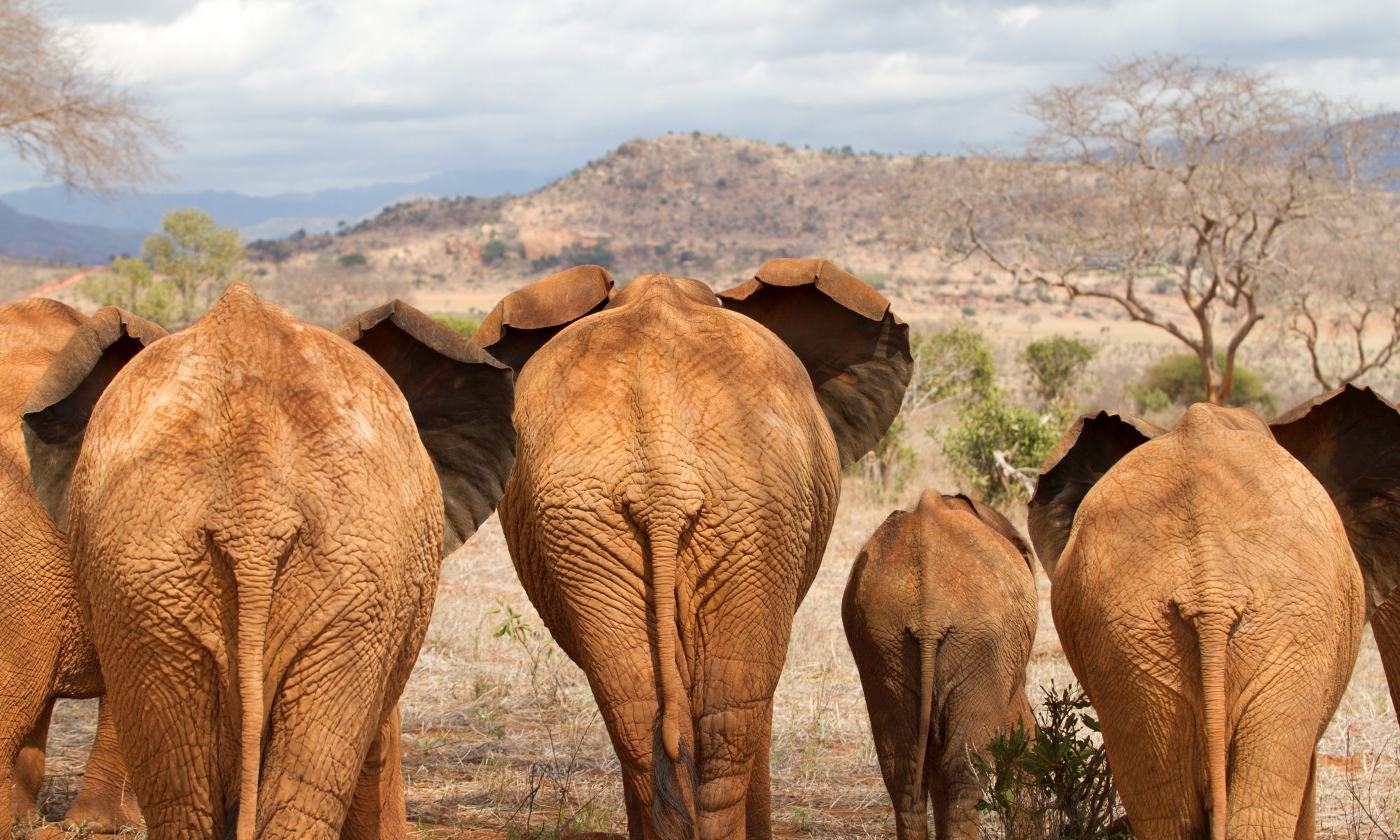
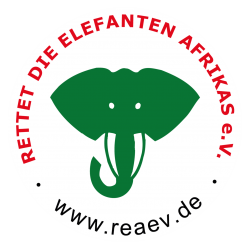
 Poaching and destruction of the environment is endemic throughout Zimbabwe and can be directly linked to the political upheavals and dire poverty suffered by many communities. (PIctured: The Scouts collected 220 snares during their training period.)
Poaching and destruction of the environment is endemic throughout Zimbabwe and can be directly linked to the political upheavals and dire poverty suffered by many communities. (PIctured: The Scouts collected 220 snares during their training period.) 